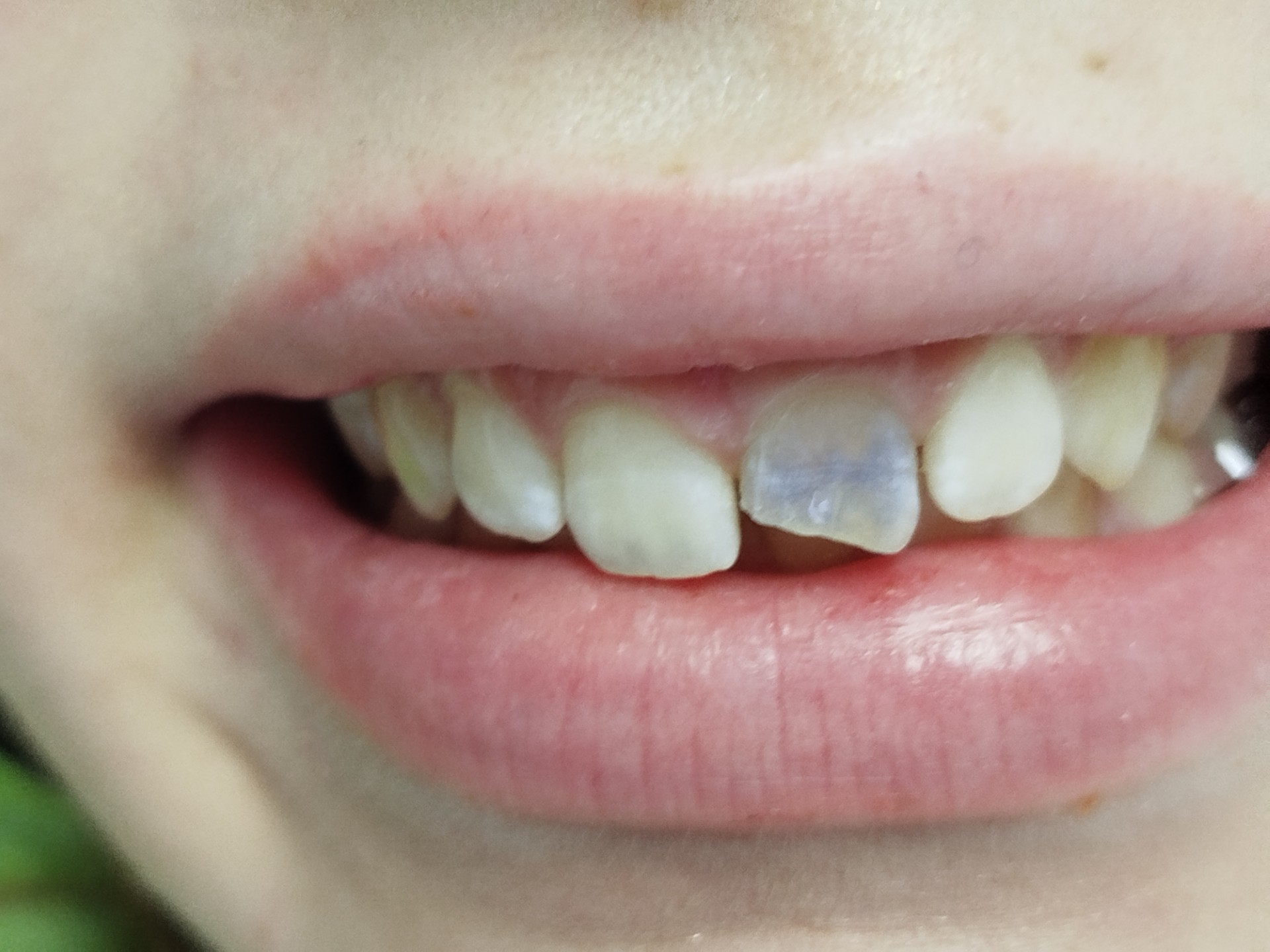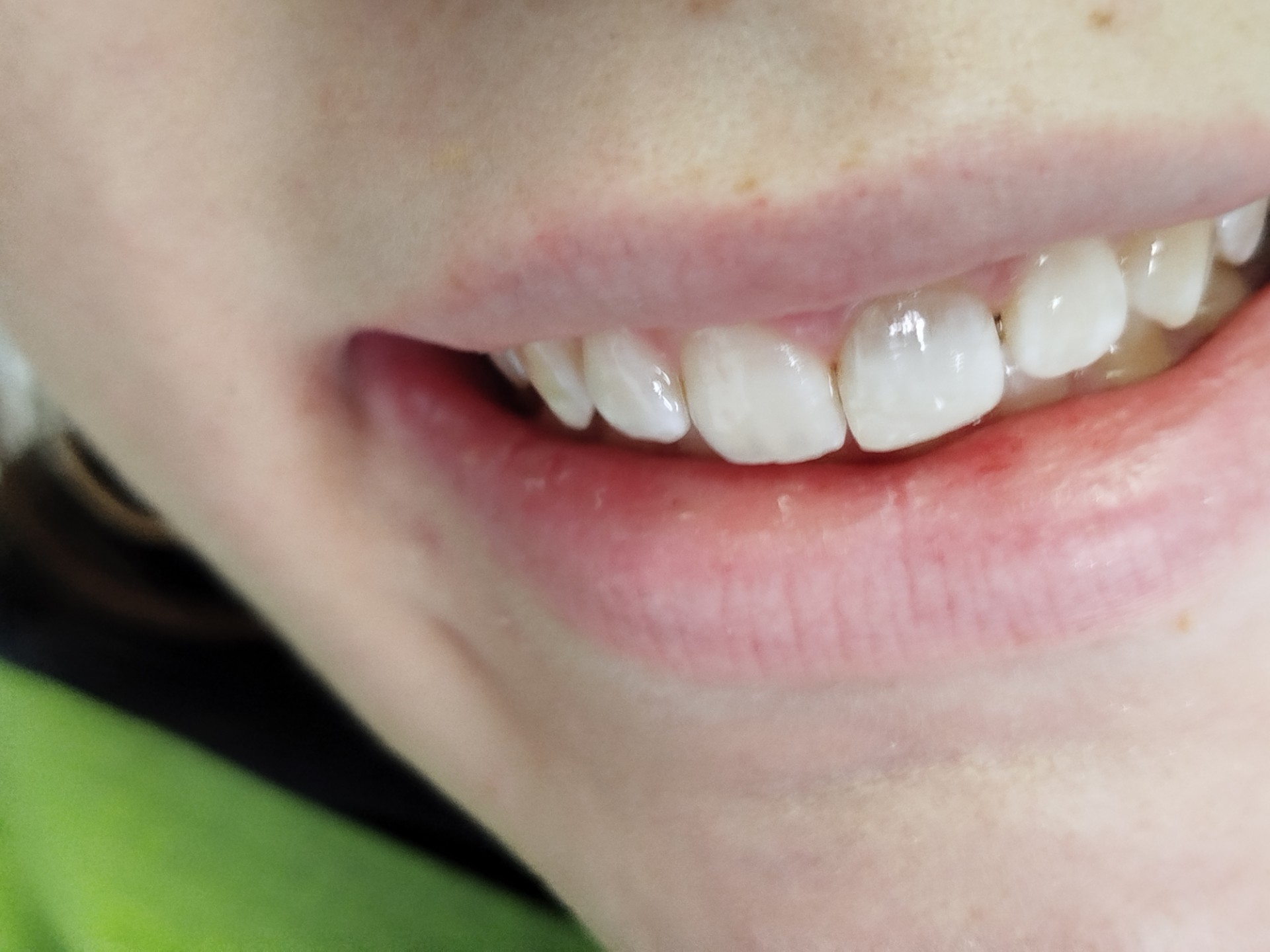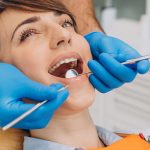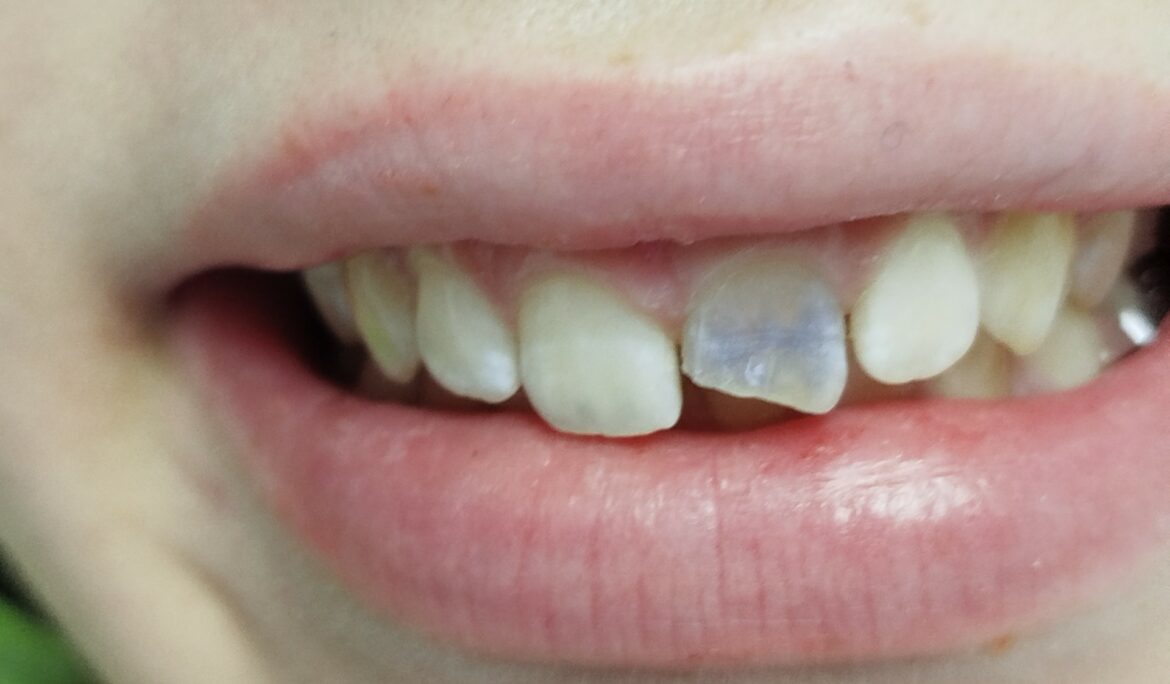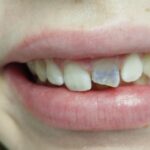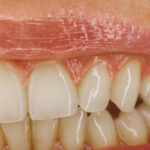Tooth fractures are one of the most common dental problems that can affect people of all age groups. Patients frequently reach out to us in such situations. Regardless of the cause, it is important to take timely action to prevent further complications.
Causes of Tooth Fractures
Tooth fractures can occur due to:
- Trauma: Blows to the face during sports activities, falls, or car accidents.
- Teeth clenching (bruxism): Excessive clenching or grinding can weaken the tooth structure.
- Poor dental habits: Biting on hard foods like nuts, ice, or hard candies.
- Neglect of oral health: Cavities can weaken the tooth structure, making it more prone to breaking.
- Aging: Over time, teeth become more brittle and sensitive.
Types of Tooth Fractures
Fractures vary depending on the degree of damage and the part of the tooth affected:
- Cracks in the enamel: Surface damage that does not affect deeper layers of the tooth.
- Cracks through dentin: Damage that penetrates the middle layer of the tooth and may cause sensitivity.
- Crown fractures: Damage to the visible part of the tooth, which may involve the enamel, dentin, or pulp.
- Root fractures: Damage that extends below the gum line, often difficult to diagnose.
- Complete fractures: When a tooth breaks entirely into two or more pieces.
Symptoms
The symptoms of a tooth fracture can vary depending on the type and severity of the damage. Common symptoms include:
- Pain when chewing
- Sensitivity to cold, heat, or sweet foods
- Sharp edges on the tooth
- Visible cracks or damage on the tooth
- Swelling or bleeding of the gums around the affected tooth
Diagnosis
At our practice, we use modern diagnostic methods to accurately determine the type and extent of the fracture. This includes clinical examinations, X-rays, and, in some cases, vitality testing. Today, the CBCT scan is most commonly used for the affected tooth, providing a definitive diagnosis.
Treatment
Several treatment options are available depending on the type of fracture:
- Minor cracks: Polishing to restore the tooth’s aesthetic appearance.
- Crown damage: Composite fillings, inlays, onlays, veneers, or crowns to restore the tooth’s structure.
- Pulp fractures: Endodontic treatment (root canal therapy) to preserve the tooth’s function.
- Severe fractures: If the tooth is irreparable, extraction may be necessary, followed by replacement with an implant or bridge.
Prevention
To reduce the risk of tooth fractures, we recommend:
- Regularly wearing a mouthguard during sports activities.
- Avoiding biting on hard objects.
- Treating bruxism with nighttime bite guards.
- Regular dental check-ups and timely treatment of cavities.
Conclusion
A tooth fracture can be unpleasant and painful, but timely treatment and professional care can prevent more serious complications. If you notice symptoms or suspect tooth damage, don’t hesitate – contact us for professional advice and assistance. Your dental health is our priority!
We hope this blog has been helpful. Alongside the text, we are sharing images from a recent case involving a 17-year-old girl who experienced trauma that damaged her front tooth. The procedures included endodontic treatment (cleaning and filling the root canal) followed by reconstruction with composite material for the tooth crown. Given the patient’s age, we opted for a composite filling instead of a crown. However, the patient was advised that, for better aesthetic results, a crown can be considered in the future to preserve the tooth and ensure its long-term durability.
